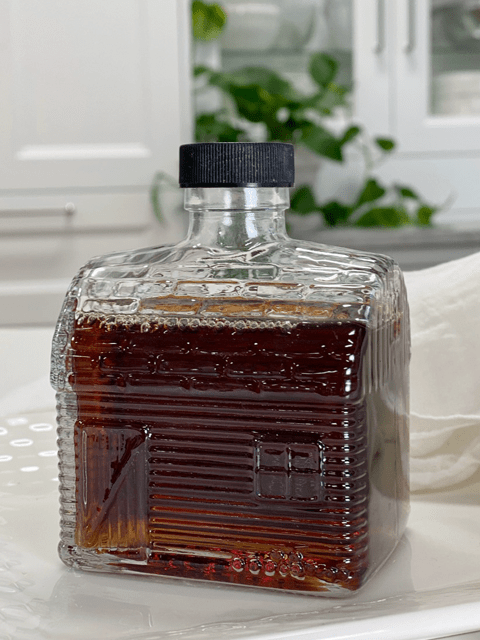


 Add to favorites
Add to favorites
 On every post you read about sweeteners, please keep this thought in mind… Just because the dessert recipes on my site (or any other raw site) are raw, created on the foundation of whole foods, and are healthier than the typical SAD (Standard American Diet) desserts… they are still desserts and should be consumed sensibly.
On every post you read about sweeteners, please keep this thought in mind… Just because the dessert recipes on my site (or any other raw site) are raw, created on the foundation of whole foods, and are healthier than the typical SAD (Standard American Diet) desserts… they are still desserts and should be consumed sensibly.
I am not here to debate which sweetener is better than some other or whether or not you should consume them at all. You know your own health better than anyone else, so you will need to make these decisions for yourself.
Sweeteners, in general, tend to face controversy at some point or another. My suggestion is to use sweeteners in their raw and pure form, so be sure to read the labels, and if you are concerned, call the manufacturer.
Some raw sweeteners are vegan, and some are not, you must decide on what the priority is for you. All we can ask of ourselves is to make the best possible decisions with the information we have at the time.
I like to mix different sweeteners for several reasons. By using multiple sweeteners, I can sometimes reduce the overall glycemic load, as well as create layers of flavor and sweetness. Plus, different sweeteners respond textually in unique ways. For example, dates not only add sweetness to a recipe but also work as a binder, holding cakes, cookies, and bars together. To keep the sugar levels down, I might add stevia, which bumps up the sweet level without adding more sugars or calories. In raw recipes, you always need to take your health needs into account, as well as the texture that you want from a recipe and the overall flavor.
The components found in maple syrup include water, protein, fat, carbohydrates, and sugars. In the department of minerals, it contains calcium, iron, magnesium, phosphorus sodium, potassium, and zinc. Vitamins such as thiamin, riboflavin, niacin, and B6 are also found in maple syrup. We can’t forget the astounding 54 antioxidants that it has as well.

Regardless of what sweetener I am representing on my site, they all come with a debate which can turn into heated discussions. We all have our own convictions when it comes to the foods that we eat. For one person, the top priority might be raw, for another vegan… for another, it just doesn’t matter. I am not here to argue, just giving you some very basic information so you can start to create your own nutritional foundation.
One cup of maple syrup is equal to one cup of honey. They may be similar in sweetness but not in flavor or thickness. One cup of maple syrup is also equivalent to one cup of agave. Those two are in the same category of viscosity, but agave has a more neutral flavor.
As you take a stroll through my site, you will notice that I use all sorts of different sweeteners. Always feel free to experiment by swapping them with other sweeteners!. My main bit of advice is to always think about the different flavors that it will impart. If you love the maple flavor but don’t want to use a considerable amount, perhaps you could add a few drops of stevia, which would bump of the sweet level and then add in a little maple extract to get that definite maple hit — just an idea. Also, and maybe even more important, a different sweetener will have different viscosity and perhaps texture and will most assuredly change the consistency of any recipe.
Just like raw coconut nectar is a product of coconut palm trees, maple syrup is made from the sap of maple trees. But as I mentioned above, it isn’t raw. To extract maple syrup, a hole is drilled in the maple tree. Then the sap leaks out and is collected into a container. From there, it is boiled until most of the water evaporates, leaving a thick sugary syrup, which is then filtered to remove impurities. Click (here) to watch a quick video on the process.